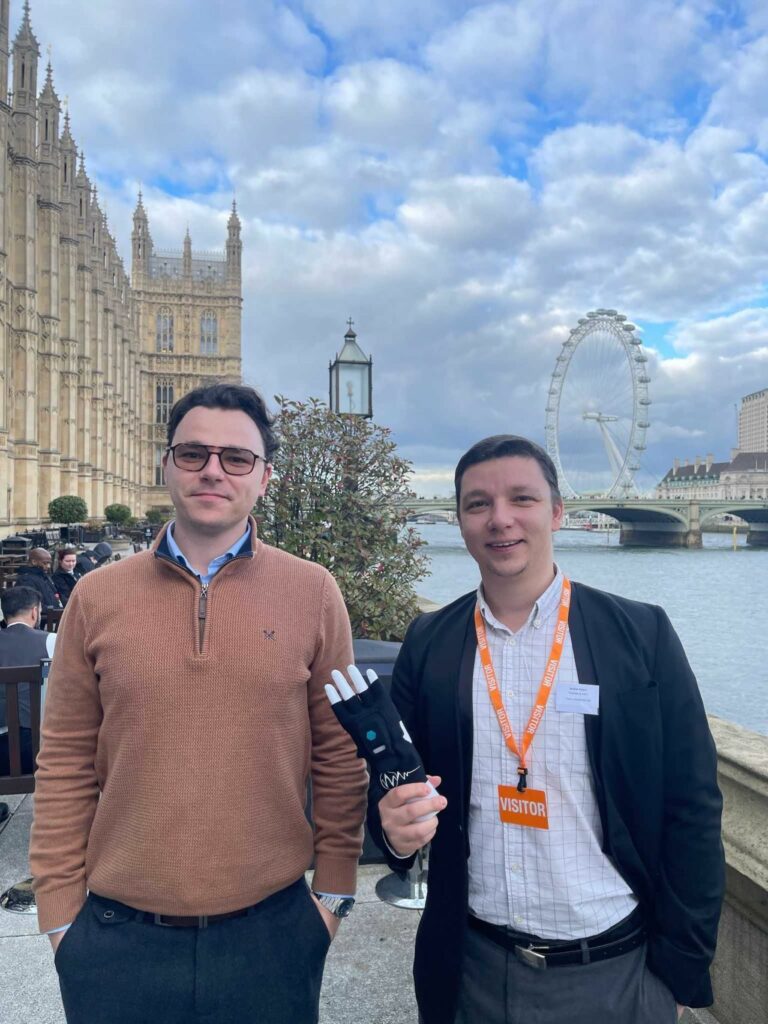Professional and technical universities educate approximately 1 in 3 midwives and specialise in innovative provision such as degree apprenticeships. In our latest ‘Innovators’ blog, Sue Lawrence, Senior Lecturer in Midwifery at the University of Greenwich writes about how her institution innovated by developing one of the country’s first degree apprenticeships in Midwifery.
“Back in 2019, the University of Greenwich was one of three pilot sites selected to test the possibility of running a Midwifery Degree Apprenticeship by Health Education England. Our long-standing history of having a higher population of mature students was seen as an advantage in trailblazing the apprenticeship route into midwifery.
Our Midwifery Degree Apprenticeship has always been designed with local needs in mind, and particularly provides an opportunity for those already working within the NHS, such as Maternity Support Workers or Healthcare Assistants, to develop and progress in their careers.
For its delivery, we are working very closely with our partner trusts. This includes recruitment, interviews and quarterly tripartite review meetings, where we monitor the apprentices’ progress. Currently, we are working with 13 Trusts across London and the South East.
Traditionally, Greenwich had attracted local, more mature students onto these programmes. However, the then-Government’s decision to withdraw the NHS Bursary Scheme in 2017 saw a huge reduction in the number of mature students applying for places.
For instance, we found a lot of support workers who wanted to be able to get on to the midwifery programme, but weren’t able to because of a lack money, or time or other responsibilities. Once you deal with at least one of those problems, it all becomes much more manageable for the student.
It’s fair to say the students really appreciate the advantages of embarking on a degree apprenticeship.
One noted the great levels of support they received – at the trust and at the University – and cited the benefits of not having to worry about fees, especially when they had personally seen so many other students struggling financially.
Another praised the support for those who have English as a second language. Another enjoyed the course so much, they are now thinking of studying for a master’s degree.
Of course, it’s great for the students, but one of the other additional societal benefits of the degree apprenticeship route is that it attracts local people, who care about the community they live in. They have a cultural understanding of their own community and are able to provide appropriate care. This is essential if we want to achieve equitable care for all; as highlighted by the consecutive reports by MBRRACE (the National Perinatal Epidemiology Unit at the University of Oxford) which emphasise the need for local people to be involved in the development of care provision.
It’s important to note that midwives have lots of career options open to them when completing their course. Some prefer to specialise in certain areas, such as diabetes, fetal medicine, research or safeguarding. Many continue with their education, undertaking a Master’s in Public Health or Advanced Clinical Practice. So the degree apprenticeship opens up further opportunities for career progression.
Although we have only just completed our first , the dropout rate is currently at zero. This is favourable compared to the dropout rates seen in traditional undergraduate Midwifery courses, so clearly the investment made in degree apprenticeships appears to be worthwhile.
Despite the clear advantages to students of this kind of provision, there remain big challenges for providers.
The biggest challenge of delivering a midwifery apprenticeship is funding. Although our local NHS Trust partners can use their apprenticeship levy to cover student fees, they cannot use it to support salaries, which makes funding an apprenticeship very expensive. Once an apprentice is enrolled on the programme their previous role needs to be staffed, and this comes at a huge cost to NHS Trusts.
Ultimately, a government review of funding will be instrumental in increasing participation in degree apprenticeships like ours. For NHS Trusts to be able to offer this route into midwifery, a review of how to provide salary backfill will also need further discussion. There has been a lot of national discussion around how we can develop existing NHS staff, and this is definitely a pathway for continued professional development.
As it stands, Midwifery is only taught at our Avery Hill campus, but, following our resounding success here, we are now hoping to start a degree apprenticeship cohort on our Medway campus in Gillingham later this year.”




